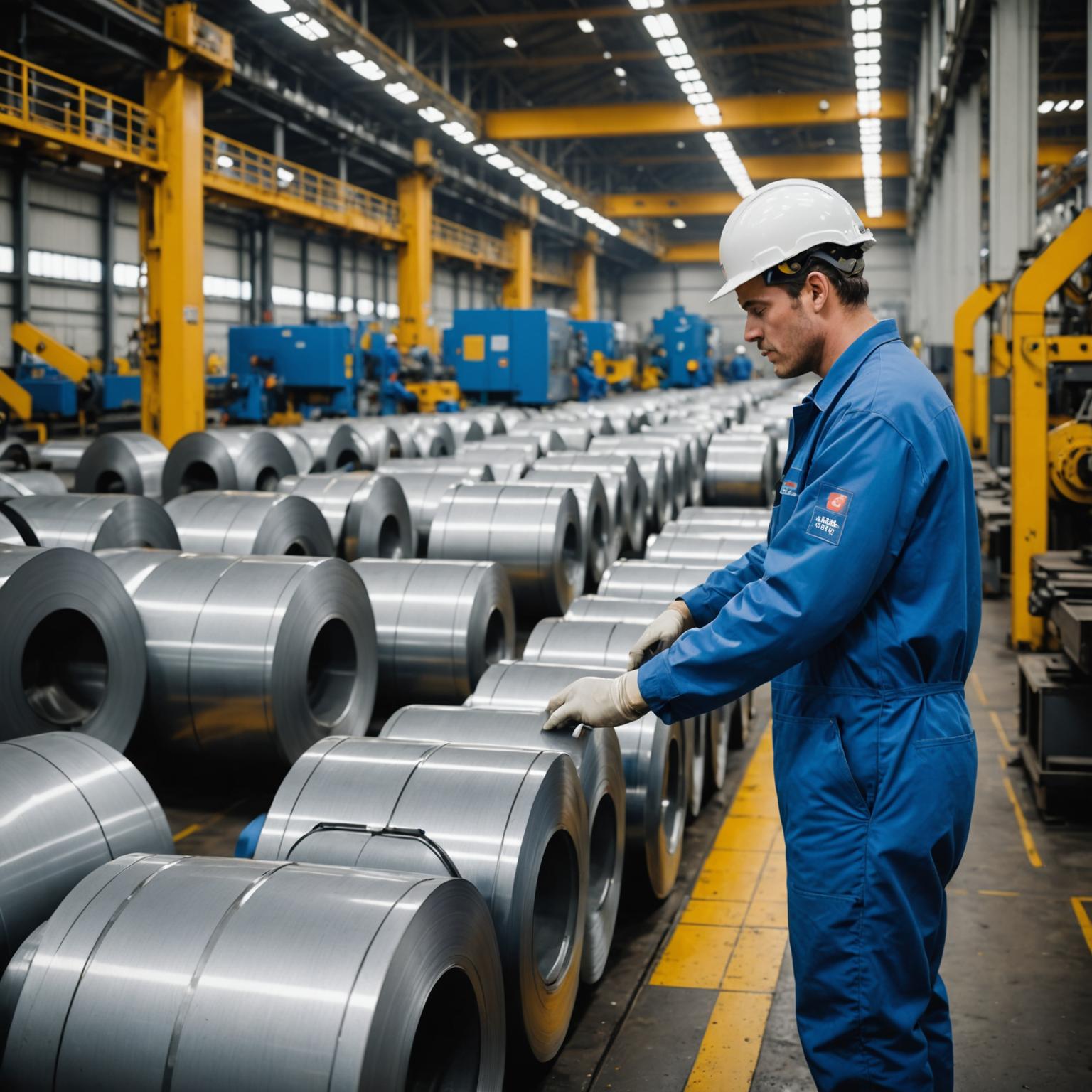Stainless steel coils are foundational materials in countless industries, from automotive manufacturing and construction to the production of high-end consumer electronics and appliances. Their strength, corrosion resistance, and aesthetic appeal make them indispensable. However, for fabricators and engineers, one of the most critical quality attributes to consider is its physical form. This brings us to a crucial question: What is the "flatness" problem of stainless steel coils? This issue, while sounding straightforward, refers to a complex set of internal stresses within the metal that can lead to significant manufacturing challenges, increased costs, and compromised final product quality. Understanding the nuances of flatness is the first step toward ensuring smooth production processes and superior outcomes.
Understanding the 'Flatness' Problem in Detail
Flatness, in the context of sheet metal and coils, is the absence of any deviation from a perfectly horizontal plane when the material is laid out without constraint. It is a measure of internal stress distribution. A coil can appear perfectly wound, but once unrolled and cut, hidden stresses can cause it to warp, buckle, or ripple. This flatness problem manifests in several distinct ways. The most common defects include center buckles, where the center of the strip is longer than its edges, creating a wavy pattern down the middle. Conversely, wavy edges occur when the edges are longer than the center, causing ripples along the sides. Other defects include crossbow, which is a curvature across the width of the strip, and coil set, the tendency of the material to retain the curved shape from being wound into a coil. These are not merely surface imperfections; they are symptoms of non-uniform internal forces locked within the steel during its production.
What Causes Flatness Issues in Stainless Steel Coils?
The origins of poor flatness can almost always be traced back to the manufacturing process, specifically during rolling and heat treatment. The primary cause is the hot or cold rolling stage, where the stainless steel slab is progressively thinned by passing it through massive rollers. If the pressure applied by these rollers is not perfectly uniform across the entire width of the strip, some parts will be elongated more than others. This differential elongation creates the internal stresses that lead to flatness defects. Worn, improperly calibrated, or poorly maintained rollers are frequent culprits. Furthermore, the heating and cooling cycles, such as annealing, play a vital role. If a coil is heated or cooled unevenly, thermal stresses develop, causing the material to warp. The slitting process, where a wide master coil is cut into narrower strips, can also release these stored stresses unpredictably, further degrading flatness.
The Impact of Poor Flatness on Manufacturing and Applications
A lack of flatness in stainless steel coils is far more than a cosmetic issue; it has severe practical consequences that ripple through the entire supply chain. During fabrication, non-flat material can cause significant problems for automated machinery. It can jam feeding mechanisms, lead to inconsistent results in stamping and forming operations, and cause inaccuracies during laser or plasma cutting. This results in costly production downtime, increased material scrap rates, and excessive wear on equipment. For the end product, the impact is equally severe. In architectural applications, wavy panels can create a distorted and unprofessional appearance. In automotive body panels or appliance casings, poor flatness can lead to improper fitment and visible blemishes. For precision-engineered components, these deviations can compromise the structural integrity and functionality of the final assembly, leading to product failure and warranty claims.
How to Ensure and Measure Coil Flatness
Addressing the flatness problem requires a two-pronged approach: accurate measurement and effective correction, with an overarching emphasis on prevention. Modern steel mills utilize sophisticated in-line flatness measurement systems that use sensors to detect tension variations across the strip's width in real-time, providing immediate feedback for process control. For post-production checks, a common method involves cutting a sample, laying it on a certified flat inspection table, and measuring the height of any waves or buckles. When defects are present, they can be corrected through secondary processes. Tension leveling is a common method where the material is pulled with high tension through a series of rollers, which works to equalize the length across the strip by stretching the shorter sections. However, the most effective strategy is prevention. Sourcing materials from a manufacturer that invests in state-of-the-art technology is paramount. Advanced rolling mills with precise control systems, uniform heating and cooling environments, and rigorous quality assurance protocols are essential to producing stainless steel coils that are inherently flat from the start. This commitment to precision engineering eliminates the need for costly corrective measures downstream, streamlining operations and guaranteeing a higher quality final product.








